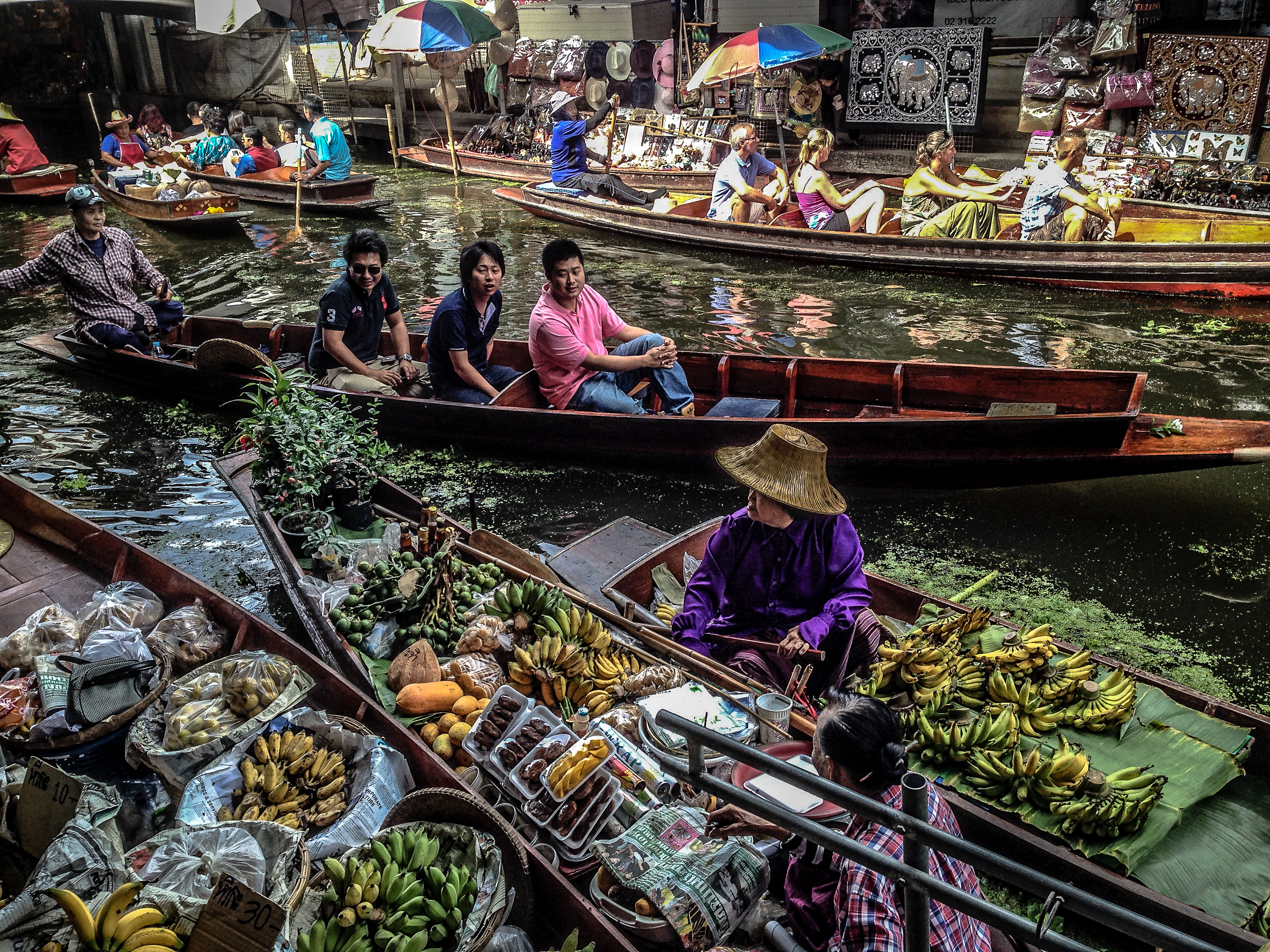Amidst coronavirus, I’m sticking to what I – and a lot of other people – love most: cooking and baking. One challenge I’ve presented to myself is to make a dish (or dishes) of international cuisines every week, learn some words from the language, and e-visit some of the country’s landmarks. Some of these dishes will be more complex than others, based on what ingredients I have available in the house.

When it came to Thai cuisine, I’ll admit that the first thing that came to my mind was pad thai. I’m an ardent fan of pad thai, once deciding to have my birthday dinner with friends at a Thai restaurant for the sole purpose of having my peanuty noodle fix. My favorite pad thai I have ever had comes from Sugar & Spice in Cambridge. Despite my overwhelming love of pad thai, I thought I should leave my one-dish comfort zone and embark on a more adventurous exploration of Thai cuisine. Of course, at home 🙂
In my research of Thai cuisine, I’ve found that it traditionally falls into four categories: tom (boiled dishes), yam (spicy salads), tam (pounded foods), and gaeng (curries). Below, you’ll see an example of a gaeng recipe. Any stir fries, steamed dishes, or deep-fries are actually influences from Chinese cooking.
Thai meals usually have a rice (khao) base, and is served with sides. Fun fact: “eat rice” (kin khao) actually means the same thing as “eat food.” Common flavors in Thai food come from lemongrass (takhrai), tamarind, kaffir lime (bai makrut), fish sauce (nam pla), holy basil (kraphao) and chilies.
DISH #1: RED CURRY SHRIMP (GF + DF)

Curries are always a fun family-sharing dish. There are three basic types of curries: red, yellow, and green.
- Red curry paste (kreung gang poet daeng) has chili powder
- Green curry (kreung gaeng keo wahn) is considered to be the most popular in Thailand. The green color comes from cilantro, market lime leaf, and basil, which are later mixed with green chilies and other ingredients.
- Yellow curry paste (nam prik gang karee) is milder out of the three. It uses turmeric to give it that yellow color.

Recipe: David Padilla’s Thai Red Curry Shrimp Recipe
- Note: I added in tofu to the mix, swapped snow peas for asparagus, and placed it on top of purple rice (not pictured).
DISH #2: STICKY RICE WITH MANGO (GF + V)
After having done nine Around the World cuisines, I realized that I hadn’t done a proper dessert (!). So, enter Thai sticky rice with mango, also called khao neow mamuang in Thai.

Sticky rice is a staple starch of Northern Thai cuisine, and as a rice-enthusiastic culture, it’s no surprise rice has made its way into desserts. This dessert is made of sticky white rice, coconut milk and cream, sugar, and is typically crispy yellow mung beans are sprinkled on top.
I couldn’t find sticky rice as a raw grain, but I found Annie Chun’s Simple Gourmet Asian White Sticky Rice. I’m not a supporter of minute-rice, but desperate times call for desperate measures. I decided to give this a shot. I microwaved it and coated it with coconut oil for a coconut-y flavor. Sticky rice is supposed to be sweet, but this one was not.
Recipe for non-minute rice version: Eating Thai Food’s Thai Mango Sticky Rice
Other recipes I would like to try:
- Goop’s Tom Kha recipe (but subbed with tofu)
- Full of Plant’s Tempeh Khao Soi
- Pad thai with zucchini noodles
USEFUL WORDS
Greetings
- Sà-wàt-dii –> Hello, Goodbye
- Chan chûue ___ –> My name is ___
Conversation
- Châi –> Yes
- Mâi –> No
- Khàawp-khun –> Thank you
- Khàaw-thôot –> Excuse me, I’m sorry
- Mâi-bpen-rai –> It’s okay, You’re welcome
LANDMARKS
Damnoen Saduak Floating Market

Damnoen Saduak is the original floating market, and there are markets within this market. Below is a tour I found interesting!
Phi Phi Islands

These dreamy islands are between Phuket and the Straits of Malacca. They are considered to be some of the most beautiful islands in Thailand.
Wat Rong Khun

This temple, also known as White Temple, is an art exhibit in the style of a Buddhist Temple. The bridge symbolizes the cycle of rebirth, and after crossing the bridge, the visitor arrives at the gate of heaven, which is guarded by two creatures representing Death and Rahu.
Doi Inthanon National Park

Doi IInthanon is the highest peak of the Inthanon range. The name was given in honor of the last king of Chiang Mai, who ordered that after his death, his remains be placed at the peak of Doi Inthanon.
I hope you’ve enjoyed this post on Thailand. Onto the next country!
Best. Dish. Ever!